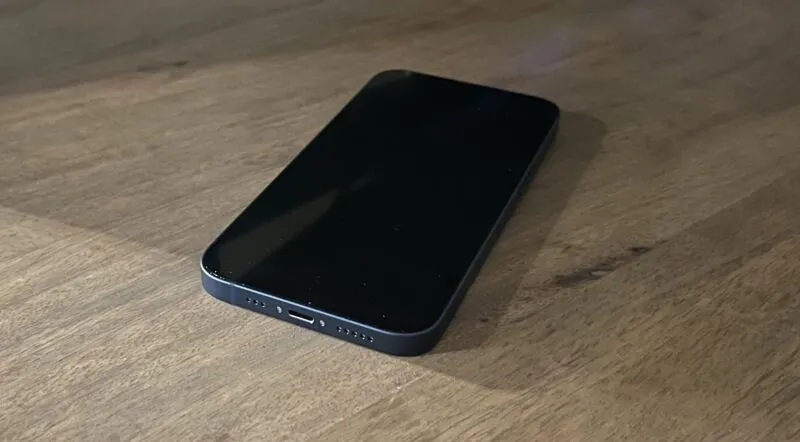Last Updated on April 18, 2023 by Team Yantra
According to a new Bloomberg report from Apple whisperer Mark Gurman, the company is testing iPhones that will have a USB-C port instead of the Lightning port. Ming-Chi Kuo, a reliable Apple analyst, published a tweet this week suggesting Apple will migrate to USB-C in the second half of 2023, probably when it will release its iPhone lineup for that year.
A portless iPhone has also become a rumor, and Gurman reports that Apple has developed such an iPhone in the “recent past.” However, his report Friday doesn’t indicate a portless iPhone will be available any time soon.
Although it would be a big change, it isn’t completely unexpected. Apple has already moved the iPad Pro, iPad Air, and iPad Mini to USB-C. Moreover, the EU announced a regulation in September requiring many devices to include USB-C ports – Gurman believes this legislation influenced Apple’s decision to consider USB-C. In addition, USB-C offers faster transfer speeds than Lightning, so switching to USB-C makes technical sense.
When is iPhone moving to USB-C?
Regardless of the company’s decisions, the change wouldn’t take place until 2023 at the earliest. With the upcoming models this year, Apple plans to retain the Lightning connector.
It is expected that Apple will simplify the collection of chargers it uses with its various devices by moving to USB-C. Most of the company’s iPads and Macs already rely on USB-C rather than Lightning. Apple customers are then unable to charge their iPhones, iPads, and Macs with a single charger – an odd design given Apple’s penchant for simplicity. Additionally, Apple Watch and iPhone wireless chargers also use USB-C connectors for their power bricks.
According to analyst Ming-Chi Kuo, the move would have trade-offs — and potentially lead to confusion for customers. USB-C chargers are larger than Lightning chargers, but they can transfer data and charge faster. Several existing chargers for non-Apple devices, such as Android phones and tablets, would also be compatible with the upcoming connectors.
However, the majority of Apple accessories, including AirPods, Apple TV remotes, MagSafe battery packs, and MagSafe Duo chargers, continue to rely on Lightning. This issue could be tackled by Apple’s USB-C adapter, but it is not clear if the cable would come with the device or if it would be an accessory customer would have to purchase separately.
What is the reason behind this change?
It is assumed that USB-C was implemented due to a directive made by the European Union to force phone makers and other device makers to use it. In April, legislation for such a requirement was approved by a majority vote.
“Mobile phones, tablets, digital cameras, headphones and headsets, handheld video-game consoles and portable speakers, rechargeable via a wired cable, would have to be equipped with a USB Type-C port, regardless of the manufacturer,” according to the legislation.
Apple has said the European law would hurt its ability to innovate. “We are concerned that regulation mandating just one type of connector for all devices on the market will harm European consumers by slowing down the introduction of beneficial innovations in charging standards, including those related to safety and energy efficiency,” the company said last year.
Apple has used its proprietary Lightning connector with its smartphones since 2012. But more recently, the slightly larger USB-C port has come to dominate consumer electronics, including most of Apple’s other products. Consumers, reviewers, and even government regulators have called for Apple to drop Lightning in favor of USB-C in recent years. This has led Apple to a tough spot, with three possible paths forward, each with some significant downsides.
On the one hand, the company could stick with Lightning—that would mean that customers who’ve been using the iPhone for a while wouldn’t have to buy new adapters, wires, or chargers. Apple’s ecosystem of accessory-makers wouldn’t have to go back to the drawing board to release updated products for the upgraded connection.
On the other, Apple could switch to USB-C, making the iPhone play more nicely with other gadgets, including the Mac. But that move could trigger consumer confusion and chaos among accessory-makers. It would also loosen Apple’s control over the user experience.
The third option would be to go all-wireless, but wireless connections usually don’t transmit power or data as quickly or efficiently. And according to Apple’s current decision, it seems that it took the second option. Let’s see what future this decision holds for Apple.

Leave a Reply
You must be logged in to post a comment.